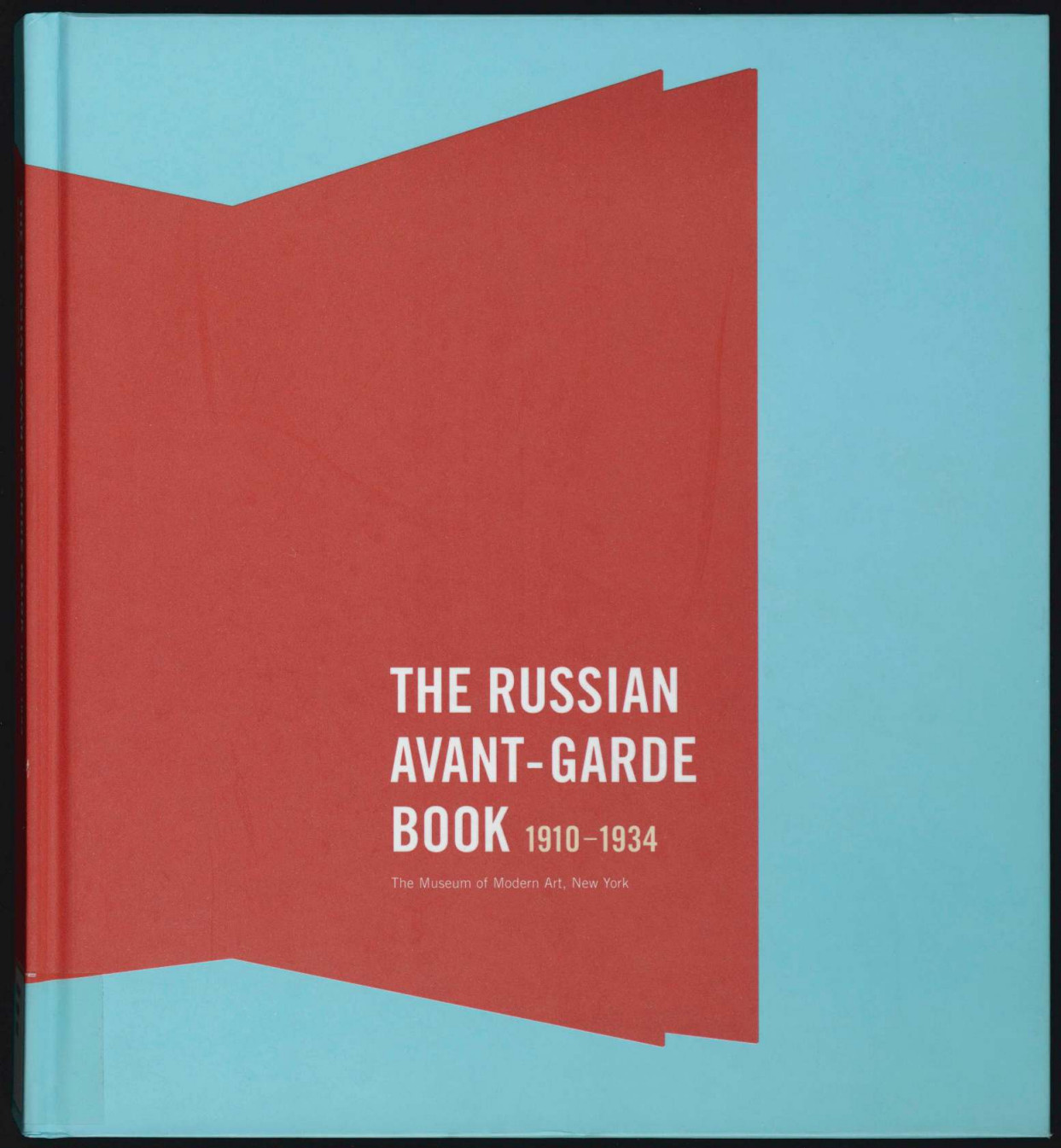Bauhaus Photography (1982/1985)
Filed under book | Tags: · 1920s, 1930s, art, bauhaus, photography, typography

“These five hundred photographs are a record of Bauhaus activities and experiments during the 1920s and early 1930s. Most of the photographs were taken by artists-painters like Fritz Kuhr and Werner Siedhoff, designers Heinz Loew and Herbert Bayer, Bauhaus masters Hannes Meyer and Joosst Schmidt – who were not self-conscious photographers but who wanted to work with a new technology.
The book supplements visual material already published in Hans Wingler’s monumental Bauhaus and presents the school’s more human side. Some of these photographs have never been published before, while others have not been published since the period in which they were made.
Part I consists of over 100 ‘artistic’ images, a listing of Bauhaus photography exhibits, an example of a Dessau Bauhaus lesson plan, including photography, and essays on various aspects of photography by Peterhans, Moholy, Vordemberge-Gildewart, Ernst Kallai, Fritz Kuhr, Willi Baumeister, Adolf Behne, Max Burchartz, Will Grohmann, and Ludwig Kassack. There is also a section on the use of photography with typography.
Part II is a Bauhaus album – nearly 400 illustrations of applied photography documenting the Bauhaus buildings, classroom projects, or day-today activities of students and faculty.”
First published as Bauhaus Fotografie, Marzona, Düsseldorf, 1982
Edited by Egidio Marzona and Roswitha Fricke
Translated by Harvey Mendelsohn and Frederick Samson
Foreword by Eugene Prakapas
Publisher MIT Press, 1985
ISBN 0262132028, 9780262132022
xi+315 pages
via x
Review: Clark V. Poling (Design Issues, 1986).
PDF (32 MB)
Comment (0)Margit Rowell, Deborah Wye: The Russian Avant-Garde Book, 1910-1934 (2002–) [English, Spanish]
Filed under catalogue | Tags: · artists book, avant-garde, book, design, futurism, graphic design, photography, photomontage, propaganda, russia, soviet union

“Russian avant-garde books made between 1900s-30s reflect a vivid and tumultuous period in that nation’s history that had ramifications for art, society, and politics. The early books, with their variously sized pages of coarse paper, illustrations entwined with printed, hand-written, and stamped texts, and provocative covers, were intended to shock academic conventions and bourgeois sensibilities. After the 1917 Revolution, books appeared with optimistic designs and photomontage meant to reach the masses and symbolize a rational, machine-led future. Later books showcased modern Soviet architecture and industry in the service of the government’s agenda.
Major artists adopted the book format during these two decades. They include Natalia Goncharova, El Lissitzky, Kazimir Malevich, Aleksandr Rodchenko, Olga Rozanova, the Stenberg brothers, Varvara Stepanova, and others. These artists often collaborated with poets, who created their own transrational language to accompany the imaginative illustrations. Three major artistic movements, Futurism, Suprematism, and Constructivism, that developed during this period in painting and sculpture also found their echo in the book format.
This publication accompanied an exhibition of Russian avant-garde books at The Museum of Modern Art, New York. Featuring some 300 books, this was the most comprehensive exhibition ever devoted exclusively to the illustrated books made during this period. It was prompted by a gift to MoMA of more than 1,000 Russian avant-garde illustrated books from The Judith Rothschild Foundation, New York.”
With essays by Deborah Wye, Nina Gurianova, Jared Ash, Gerald Janecek, and Margit Rowell.
Publisher Museum of Modern Art, New York, 2002
ISBN 0870700073, 9780870700071
304 pages
via MoMA
Reviews: Holland Cotter (NY Times, 2002), Steven Heller (Eye, 2002).
Exh. review: Kristin M. Jones (Frieze, 2002).
Exhibition website
Publisher (incl. installation views)
WorldCat
English: PDF, PDF (2002, 72 MB)
Spanish: PDF, PDF (2003, 74 MB)
Alfred H. Barr, Jr.: Cubism and Abstract Art: Painting, Sculpture, Constructions, Photography, Architecture, Industrial Art, Theatre, Films, Posters, Typography (1936)
Filed under book, catalogue | Tags: · abstract art, abstraction, architecture, art, art history, avant-garde, constructivism, cubism, dada, design, expressionism, fauvism, film, futurism, impressionism, painting, photography, sculpture, suprematism, surrealism, theatre, typography

The catalogue of the first MoMA’s retrospective of modernism, held 2 March-19 April 1936, laid the theoretical foundation of the museum. Its jacket contains a notorious chart of modernist art history, the Diagram of Stylistic Evolution from 1890 until 1935.
“The catalogue remains an important historical document (as does that for Fantastic Art, Dada, Surrealism). It set abstraction within a formalist framework that—ignoring the intellectual byways of French symbolism, German idealism, and Russian Marxism of the previous thirty years—was shaped by the scientific climate that had started a century before. … The exhibition together with the widespread dissemination of its influential catalogue, established Cubism as the central issue of early modernism, abstraction as the goal.” (Sybil Gordon Kantor, 2003)
The exhibition later traveled to another 7 cities: San Francisco, Cincinnati, Minneapolis, Cleveland, Baltimore, Providence, and Grand Rapids.
Publisher Museum of Modern Art, New York, 1936
249 pages
via MoMA
Commentary: Meyer Schapiro (Marxist Quarterly, 1937), Susan Noyes Platt (Art Journal, 1988), Astrit Schmidt Burkhardt (Word & Image, 2000).
Publisher (incl. master checklist and press releases)
WorldCat
PDF (47 MB)
Comment (1)
